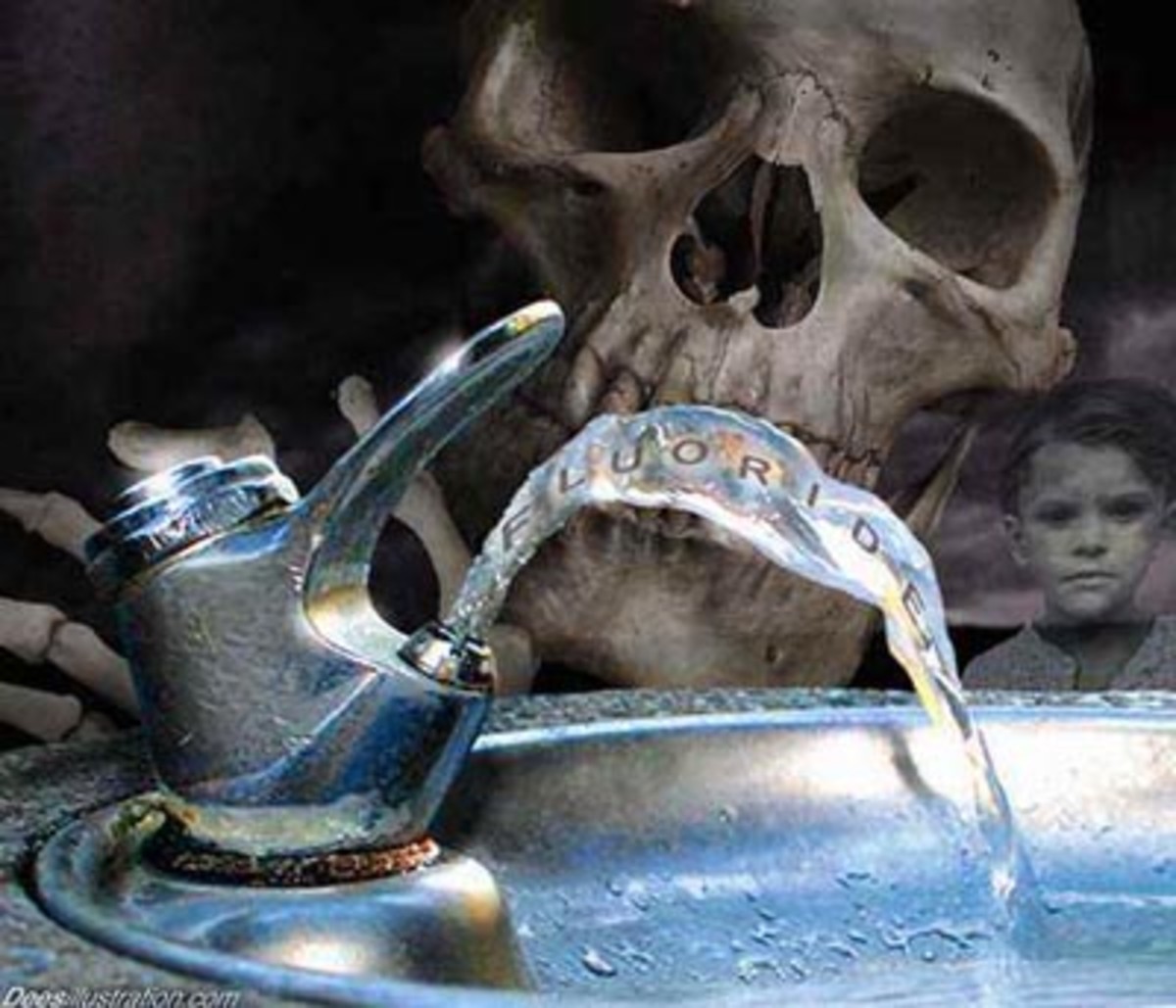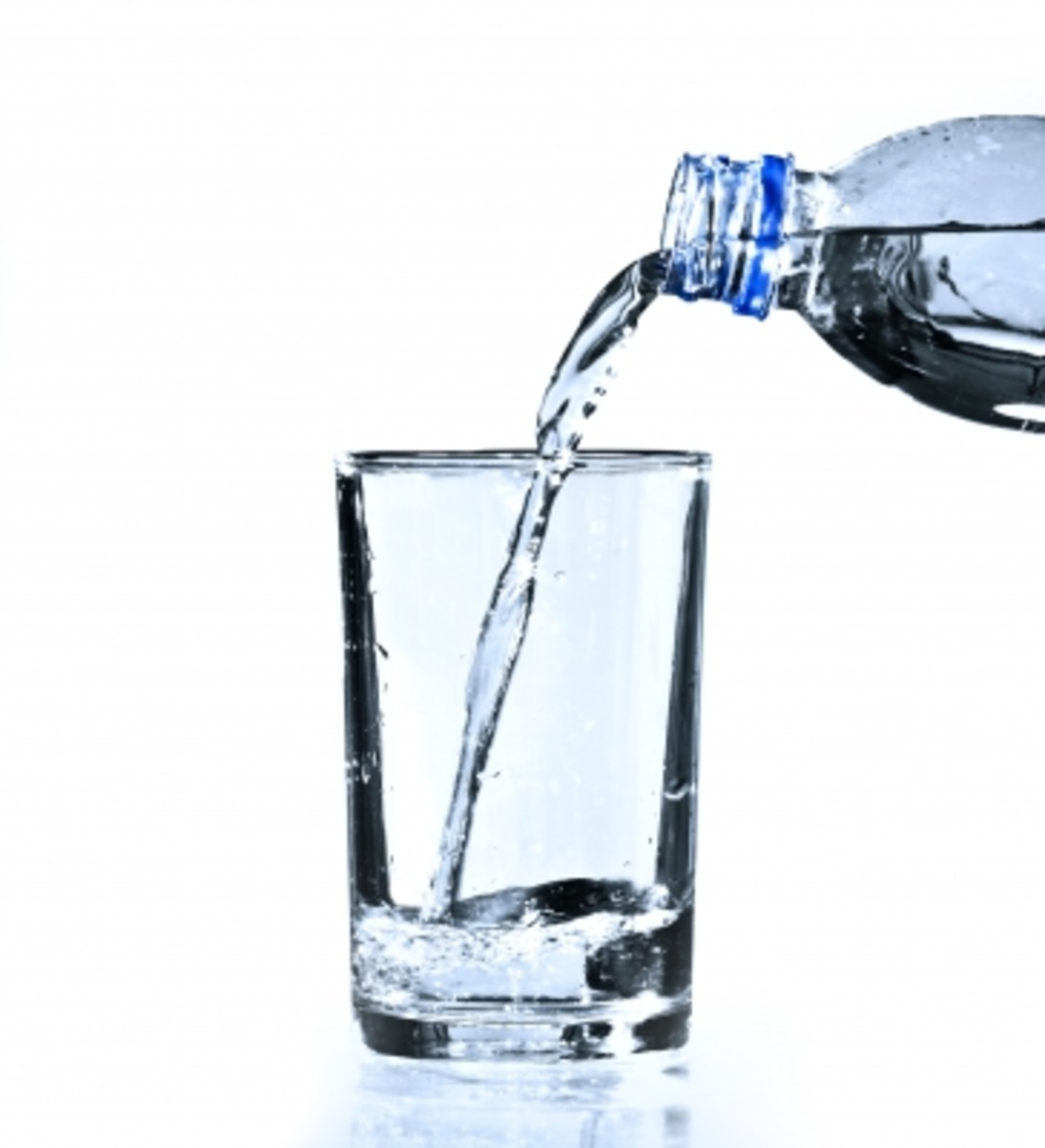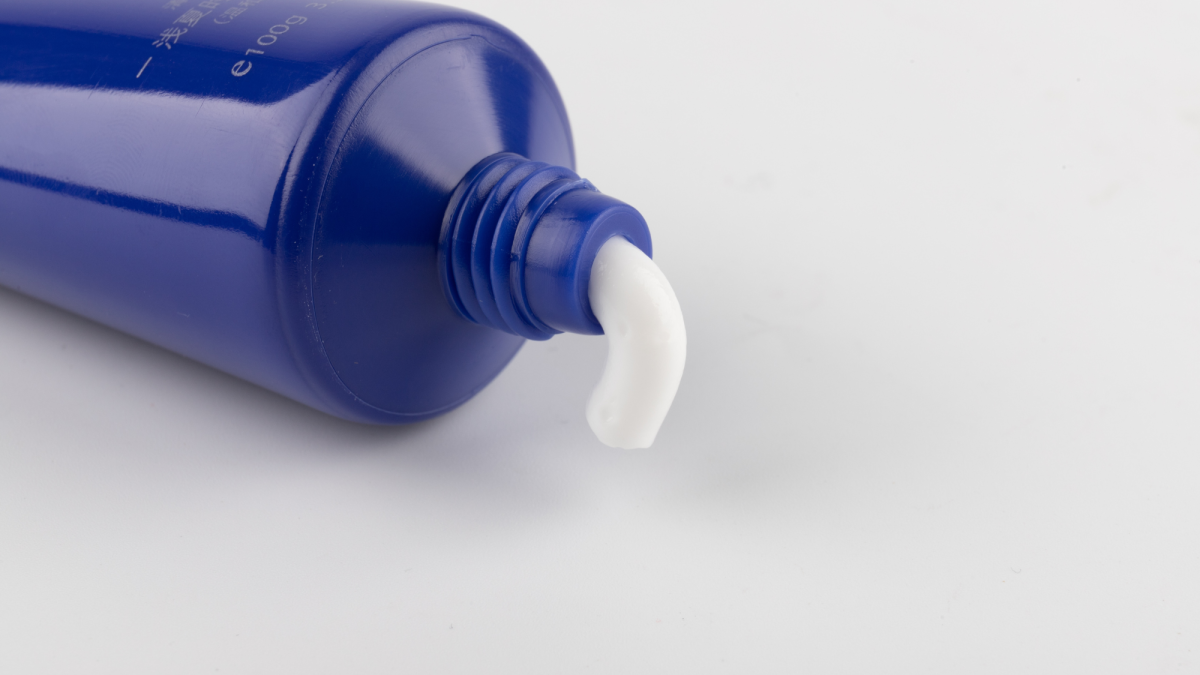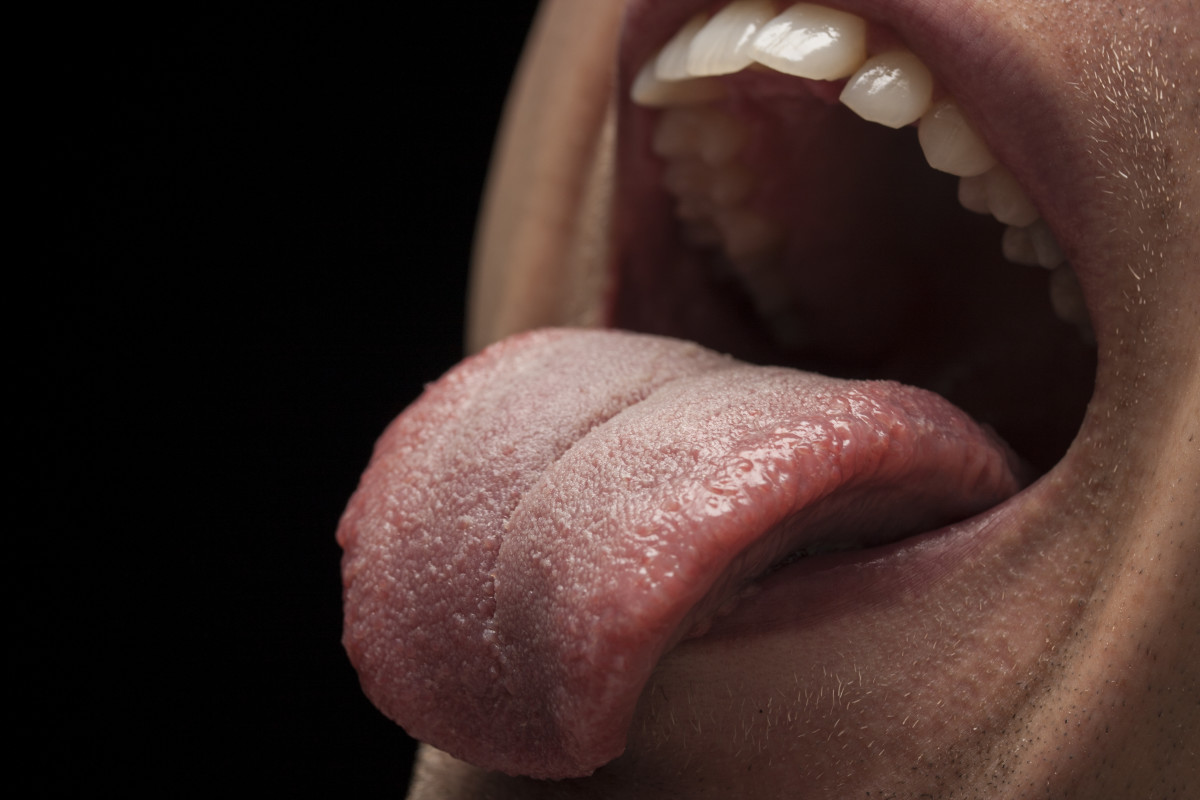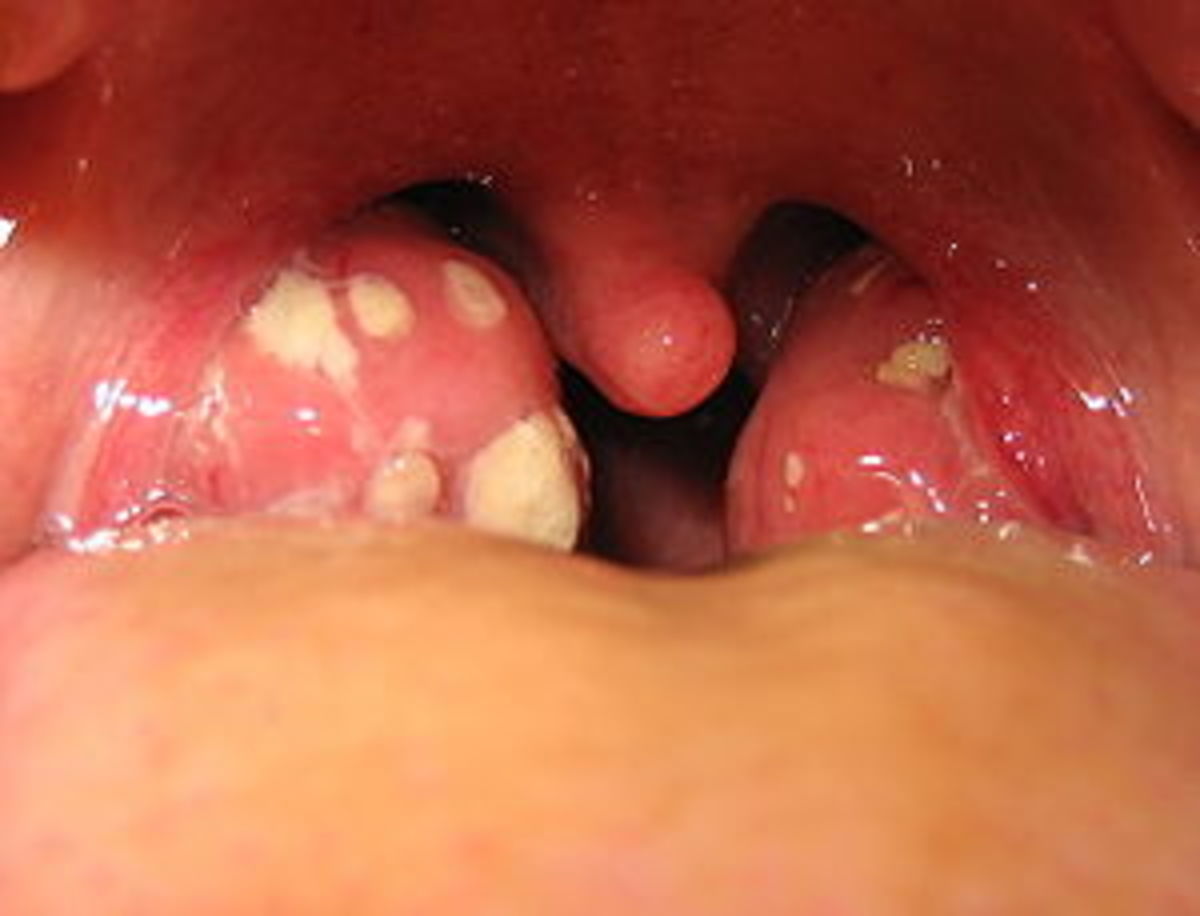Fluoride in toothpaste and water, good or bad?
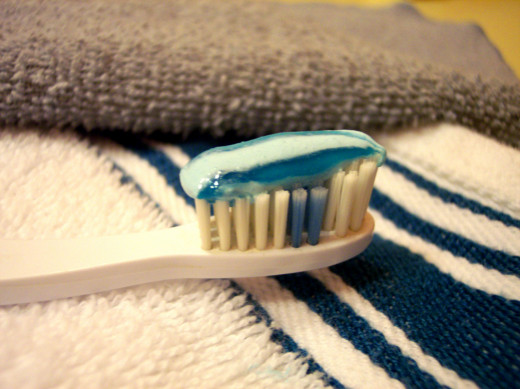
The truth about fluoride
We have been told for many years that fluoride is good for our teeth, so much that over 95 percent of the toothpastes found in the supermarket contain it and our water supply is enriched with fluoride, but is there any truth to that? Is it necessary for children to be prescribed fluoride supplements and should dentists provide fluoride treatments? Interestingly, the United States is one of the only developed countries to supply fluoride in its water. Indeed, according to Fluoride Alert, "In western Europe, 97% of the population has water without a single drop of fluoride added to it." But what's even more surprising is the fact that according to the World Health Organization, people who live in countries with no water fluoridation encounter no discernible differences when it comes to the amount of tooth decay compared to the United States!
Advocates for fluoridation make claims that the fluoride isn't harmful because it occurs naturally in some water supply sources, but that's not necessarily true. Indeed, just because something occurs in nature doesn't mean it's necessarily safe. Just think about the many poisonous plants that populate the planet along with other substances such as arsenic and lithium. On top of that, consider that artificial fluoridation in our municipal waters supplies fluoride levels that are considerably much higher than those found in natural water supplies. But what's even more concerning is the fact that it turns out that fluoride is actually causing dental problems (the irony of that!) and along with that a whole list of potential health issues.
According to the Centers for Disease Control, teenagers between the age of 12 and 15 have the highest incidence of fluorosis, which affects about 40 percent. Fluorosis is caused by long-term ingestion of fluoride which causes spots on the the teeth's enamel. These high rates reflect the fact that too much fluoride is being supplied in the water along with other sources such as toothpastes, processed foods and drinks and non-stick Teflon pans to name a few. Even fruits may contain fluoride due to pesticide residues. According to Mercola.com, grapes and iceberg lettuce can contain quite some high amounts. Also, it was found that using regularly infant formula concentrated with fluoridated water may have an impact on the teeth of infants.
On top of that, other than tooth damage, fluoride may cause a plethora of other health problems. The Mercola website lists dementia, cell death, bone fractures hyperactivity, lowered thyroid function, immune system disorders, muscle disorders, infertiity, impaired sleep, arthritis and much more. Scary isn't it? And even more scary is the fact that the fluoride added to our water is not of the pharmaceutical grade, rather it's the toxic waste product attained from the phosphate fertilizer industry! So instead of dumping such wastes, they are added to our water supply. Even China refuses to add fluoride to public water due to its potentially harmful effects, so what they do is ship to us in the United States!

Four steps to reduce your fluoride intake
There's no doubt about it, fluoride should not be ingested. For a good reason, on the tube of toothpaste you purchase, it says "do not swallow" and if you do swallow, you must call poison control. Yet, we ingest fluoride freely each and every day through our water supply. Yes, we are being poisoned, and yes, without our consent. So what's left to do?
Step 1: Remove fluoride from your water
Your first step should be to check if fluoride is added to the water in your municipality. If not, you may be better off drinking tap water, as most bottled water also contains fluoride. However, tap water also contains chlorine which is not very healthy either. So the best solution would be-- if you can afford it-- is to install a reverse-osmosis system. This can be quite a costly option, but it is certainly worth it in the long run when it comes to your health, and the health of your loved ones. If you think that filters such as PUR or Brita remove fluoride, think again, they simply don't. And boiling water actually increases the amount of fluoride versus decreasing it.
Step 2: Use Fluoride Free Water
If you cannot afford a reverse osmosis system, you have another option. Purchase bottled water that is free of fluoride. This may be a challenge as most bottled water contains fluoride. If you want to make sure just read the label, it should list if it contains fluoride and its amount. For a list of fluoride free bottled water visit this link: List of bottled water without fluoride. However, consider that plastic bottles may leech chemicals over time and that that it's ultimately difficult to entirely escape from toxins in drinking water. Another alternate may be finding spring water in your environment that flows naturally. To find a source of spring water near you, visit Find a Spring.com.
Step 3: Get toothpaste without fluoride
You also want to reduce fluoride intake by no longer purchasing toothpaste which contains fluoride. Fluoride-free toothpaste may not be easy to find, but fortunately there are many websites who sell various brands that are free of fluoride and SLS. Looking for a home-made version? My doctor revealed me a recipe last time I saw him. He told me to mix coconut oil and baking soda in a paste and use it as a toothpaste. Natural News also provides a recipe for a coconut oil/baking soda toothpaste.
Step 4: Voice your rights
Last but not least, voice your rights and concerns about fluoride being added to the water supply without your consent. You can take action by visiting Fluoride Alert. org and finding out several ways you can help to fight water fluoridation.

